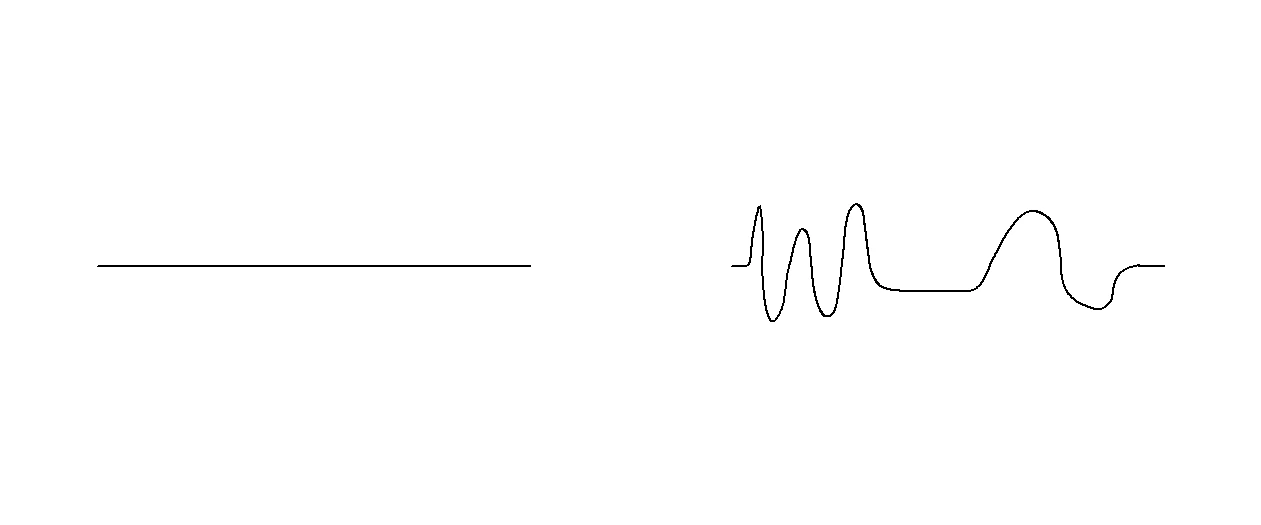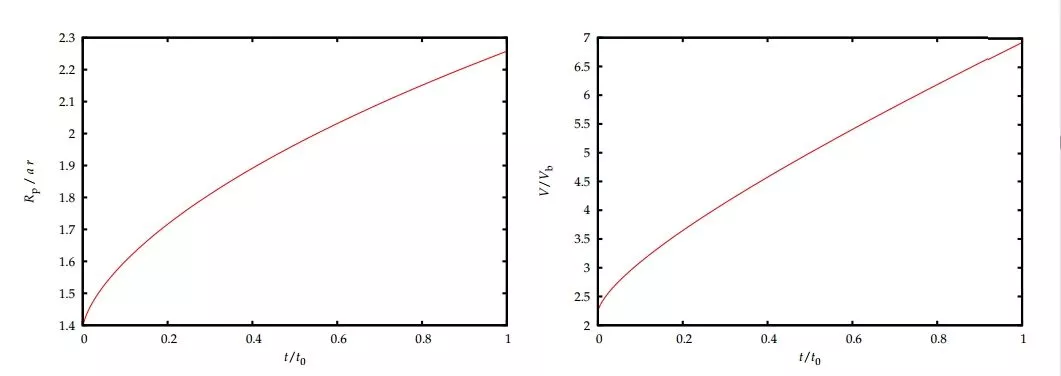Fans of Doctor Who will be very familiar with the stupefied phrase uttered by all new visitors to his Tardis: "It's...bigger...on the inside." As it turns out, this apparently irrational idea may have something to contribute to our understanding of the universe. A team of cosmologists in Finland and Poland propose that the observed acceleration of the expansion of the universe, usually explained by dark energy or modified laws of gravity, may actually be the result of regions of spacetime that are larger on the inside than they appear from the outside. The researchers have dubbed these "Tardis regions."
Perhaps the most surprising cosmological observation of the past few decades was the 1998 discovery by Perlmutter, Schmidt and Riess, that the expansion of the universe has been accelerating for the past five billion years. This result, which won the 2011 Nobel Prize, was quickly corroborated by observation of independent phenomena such as the cosmic background radiation.
Why the acceleration is occurring is not currently understood, although it can be described. In terms of conventional cosmological theory, it calls for the existence of a "dark energy," an energy field permeating the universe. However, because gravity attracts normal mass-energy, dark energy would have to have a negative energy density, something unknown as yet in nature. In addition, roughly 75 percent of the contents of the universe have to be made up of dark energy to get the observed acceleration of expansion. Even though dark energy provides a reasonable description of the universal acceleration, its value as an explanation is still controversial. Many have the gut reaction that dark energy is too strange to be true.
Professors Rasanen, and Szybkab, of the University of Helsinki and the Jagellonian University at Krakow, together with Rasanen's graduate student Mikko Lavinto, decided to investigate another possibility.
The "standard cosmological model," which is the framework within which accelerated expansion requires dark energy, was developed in the 1920s and 1930s. The FLRW metric (named for Friedmann, Lemaître, Robertson and Walker, the major contributors) is an exact solution to Einstein's equations. It describes a strictly homogeneous, isotropic universe that can be expanding or contracting.
Strict homogeneity and strict isotropy means that the universe described by an FLRW metric looks the same at a given time from every point in space, at whatever distance or orientation you look. This is a universe in which galaxies, clusters of galaxies, sheets, walls, filaments, and voids do not exist. Not, then, very much like our own Universe, which appears to be rather homogeneous and isotropic when you look at distances greater than about a gigaparsec, but closer in it is nothing of the sort.
Rasanen's research team decided to examine a model universe having a structure closer to ours, in an attempt to look for alternate explanations of the accelerating expansion we see. They took an FLRW metric filled with a uniform density of dust, and converted it into a Swiss cheese model but cutting random holes in it. This has the effect of making the model inhomogeneous and non-isotropic (except very far away), and hence the Swiss cheese model looks more like our own Universe, save for the fact that our Universe does not seem to be full of holes.
While Swiss cheese is delicious, a universe with holes is not. To rectify this, Rasanen's team filled in the holes with plugs made from dust-filled exact solutions of Einstein's equation. These plugs are a reasonable model of the region near a sizable body, such as a galaxy. By putting the plugs in the holes, and then smoothing the intersections between them, they obtained a rather uniform spacetime with a lot of smaller blobs of matter dispersed throughout it – a (very) simple analog to the structure of the universe in which we live.

Rasanen's team made the plugs from a model in which the spatial parts essentially fold in on themselves as the spacetime evolves. As suggested by the figure above, such folds increase the length of a path passing through the plug without changing the external dimensions of the plug. For some such plugs, the length of a path through the plug becomes longer throughout the life of the Universe.
The team calls such a plug a Tardis region, and a spacetime containing Tardis regions is called a Tardis spacetime. As seen in the figure below, the proper diameter and volume of a properly configured plug starts somewhat larger than the apparent quantities, but then grows to much larger sizes.

Let's get to the story about Tardis regions and expansion of the universe. Because gravity is universally attractive, in an inhomogeneous universe a denser region will tend to expand more slowly than will a less dense region – there is less gravitational interaction holding the less dense region together.
Although the Tardis regions expand faster than the surrounding dust space, this does not change their apparent size from outside, so at first glance it is difficult to see how this accelerates the expansion of the universe. The key is that when an observer looks at a distant object in a plugged Swiss cheese space, the light they see has passed through a number of plugs, the number increasing the further away the object. As the length of a path through a Tardis region rapidly becomes larger as time goes by, the total length of the path the light followed from an object increases faster than does the space outside the plugs. The result is that the expansion of the universe appears to be accelerating with time, without additional influences such as dark matter.
To sum up, a space with a large number of relatively small Tardis regions will appear initially to expand at roughly the same rate as does the dust space in which the Tardis regions are embedded. As time goes on, however, the Tardis regions expand faster than the Swiss cheese, and as they fill larger fractions of the photon paths between objects and observers, the expansion of the universe as measured by optical tests over large distances will appear to accelerate.
The effect can be made large enough to reproduce the observed acceleration, so the idea isn't silly. But is this the explanation? It is too early to tell. The model is very artificial and simplistic, but does suggest that there is at least one possible alternate to dark energy within the bounds of classical general relativity.
Source: Average expansion rate and light propagation in a cosmological Tardis spacetime on ArXiv.org[PDF]





